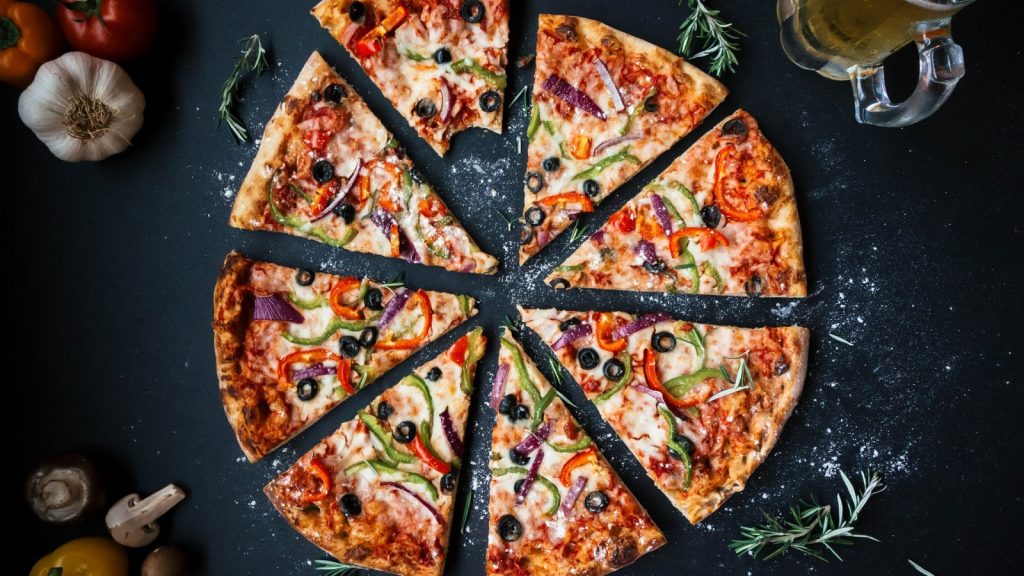MTN South Africa has once again emerged as the country’s top-performing mobile network, securing the highest score in the Q2 2025 MyBroadband Network Quality…
South African food delivery industry growing faster than international average [Sponsored]

According to statistical data collected by Business Insider South Africa, Mr D Food has seen order growth over 210% in the last fiscal year. That brand processed over R500 million in terms of orders over the same period, which suggests that food delivery services in South Africa are growing at a rate that’s slightly better than the international standard.
Industry analysts have pointed to the fact that Mr D Food is a home-grown company, albeit one that’s owned by the multinational business Naspers. This would seem to indicate that South African entrepreneurs stand to grow their businesses relatively quickly in the short-term while international firms have yet to fully penetrate the market.
Naspers’ CEO Larry Illg released a press statement that indicated his opinion that the food delivery industry is still under-penetrated in South Africa, which could explain why it continues to grow so quickly. Mr D Food alone has over 270 000 monthly users who actively make purchases.
High-growth markets like South Africa are thus proving extremely popular to international investors who hope to find greater profit margins than they might in their home countries. However, it looks like local entrepreneurs will have them beat.
Why the food delivery industry continues to grow nationwide
Uber Eats and Mr D Food represent approximately 90% of the entire South African third-party delivery market, though it should be noted that many fast food establishments offer their own delivery services. Other firms, like OrderIn, are fast growing. The reason is clearly linked to increased levels of technology penetration.
Traditionally, customers have had to place a phone call or visit a store in order to ask for delivery. The fact that almost all of these services today have dedicated ordering apps is quickly altering the manner in which people order.
When clients place an order with an app, they’re required to use text and select from menus. This virtually eliminates problems related to language barriers and confusion over what someone ordered.
Even among those who are fluent in the same language, regional accents and other irregularities can reduce the chances that two people understand one another. These apps instantly provide orders as plain information so orders are always fulfilled correctly each time.
Even international companies are now starting to introduce some services to these apps that should aid in local adoption.
Localising international food delivery services for South African consumers
Google Maps has offered isiZulu and Afrikaans versions of its popular app since 2018. Food delivery services have quickly had to follow suit as they don’t wish to lose access to this potentially growing market. Some industry experts feel that any company that wants to eventually get in on the action will need to make these kinds of adjustments.
That continues to put local businesses on equal footing with much better financed international ones. Those who understand the local South African market have the potential to grow very quickly by emphasising support for multiple languages.
Mobile phone support for Sotho, Tsonga and Xhosa continues to be in its infancy. However, small businesses that jump on new technologies that support multiple languages may find that they’re able to attract customers their competitors wouldn’t ever be able to.
On top of that, there are several other tactics that new entrants into the industry should adopt.
Protecting delivery vehicles
With vehicle theft levels reaching all-time highs across the nation, many delivery firms are concerned that they might have some of their property taken depending on where they’re delivering. This is especially problematic for those who deliver food in urban areas on a regular basis. Concerned parties may want to try GPSWOX fleet tracking software so they can monitor their fleet regardless of where cars have to be dispatched to. Technological solutions like this can also help to cut down on the risk of employees wasting a significant amount of company time.
Add delivery to an existing restaurant
Adding delivery to your restaurant isn’t a complicated proposal. Small business owners can work with independent contractors to gain access to an instant pool of drivers. Eventually, they can branch out and establish their own services employing their own talent as they get bigger. Stores that have an existing clientele might find that the added convenience of delivery will help to encourage their customers to order more often.
Potential exploration of dairy delivery markets
In some rural areas, home production of mageu continues on a fairly wide scale. While mageu is supposed to be non-alcoholic, some versions do contain ethanol and other contaminants. As a result, some businesses are starting to explore the possibility of delivering purified dairy products to under-served areas. Small businesses could experience massive growth by focusing on these markets in the near future.
Avoid charging hidden fees
Pundits have opined that one of the reasons that certain delivery apps are growing while others remain stagnant is because of the issue of hidden fees. Rather than inflating existing menu prices, keep all costs the same and then add a delivery fee. This will ensure that customers won’t feel cheated once they take a look at what your drivers are going to charge them.
Irrespective of how different firms want to expand, business experts are urging haste considering that this kind of opportunity is doubtlessly going to be taken by many other companies in the near future.
This article is sponsored by GPSWOX.
Feature image: Igor Ovsyannykov via Pixabay

